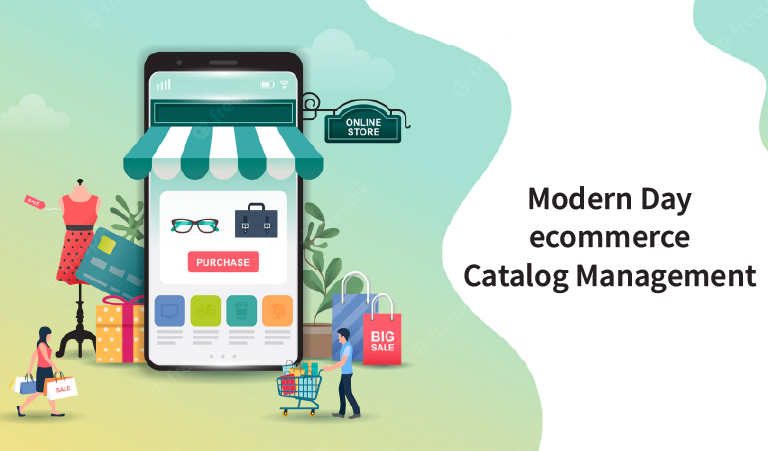As the world integrates more and more with the ecommerce domain, it has become ever so important for business owners to present their products in a cohesive and immersive manner to the consumers. Here are the top 7 tips to manage your product catalogs better:
- Organize your data
A product visualization on any ecommerce platform today will necessarily require you to add good descriptions, quality photos, informative videos and a whole lot more. Organizing this data is quite important as the same set of data can be utilized on various ecommerce platforms. As a business owner, you can keep track of various versions of the content you create in order to deploy it systematically as the count of your products increases.
2. Content quality matters
Over time, consumers have grown accustomed to a certain quality of the content they consume online. The quality of pics/videos and the details in the descriptions matter ever more than before. It is prudent to invest in these features as you scale up your ecommerce presence. You can choose to develop in-house expertise or hire experienced professionals that can do the job for you.
3. Speed of Execution
The ecommerce landscape has changed the game for consumers and sellers alike. As reach increases, so does the competition for sellers. Competing in the ecommerce environment requires agility in terms of deploying and executing product listings, updates to SKUs in terms of variety and prices, as well as offers to be deployed as part of marketing initiatives. Hence understanding how to improve the speed of go to market is very important in running a modern ecommerce business.
4. Attention to detail
A major disadvantage that ecommerce has over physical retail is that the customer is not able to directly interact with the seller. Thus, product descriptions need to be quite detailed yet easy to read so that the customer is able to get answers to all his/her queries and is able to make an informed decision. It is prudent to define all the parameters you want to share for the category of products you sell online and use that as a checklist for all descriptions. CatalogBuilder is one such modern catalog management tool that gives full freedom for customization of product data and if needed product expert services are available for their clients.
5. Listen to the Customer
Although direct contact with the customer is not available online, it is still possible to get feedback from the customers. Passionate customers will share details of what helps them (or conversely stops them) in making a buying decision. In this endeavor, customer feedback reviews are a great feature. If feedback is not being provided by customers, it is a good idea to call customers and ask them for feedback – especially if a particular product is not garnering major sales or is suffering from a high percentage of returns.
6. Benchmark the competition
It is important to benchmark your products and their presentation against the competitors. Fixing simple things like thumbnail pic, descriptions, etc, which a competitor may be providing better, can help sellers gain market share and thus help to grow revenue.
7. Optimize for all platforms
Multi-platform sellers would have to track the various features available across platforms and optimize their catalogs accordingly. The same content may not work across all platforms.
Conclusion
CatalogsBuilder is the best modern tool to optimize your ecommerce catalog management. It has been built with growing ecommerce businesses in mind & thus encompasses features comparable to the best in-house catalog management features across major industry players, while still being user-friendly for an upcoming online business.








mckZaNopX
yOQPMhugtwYN